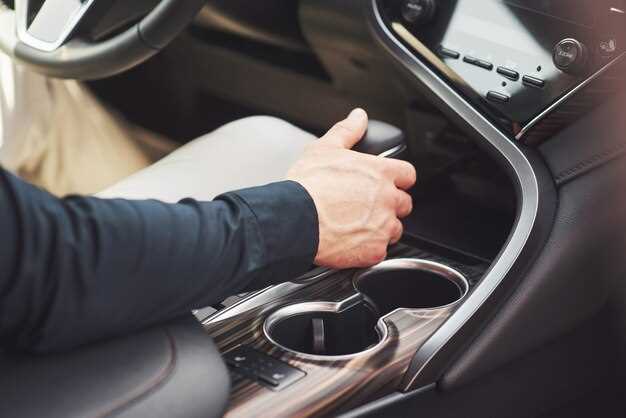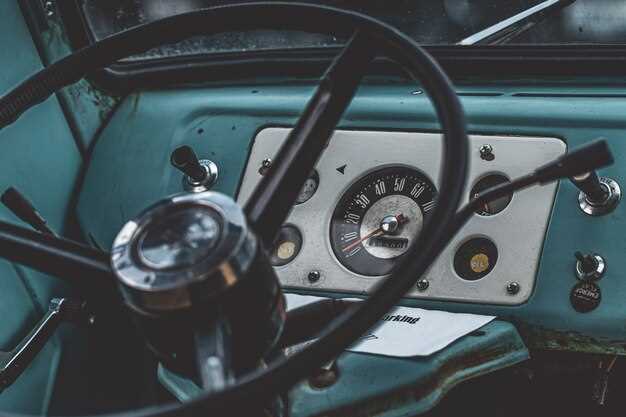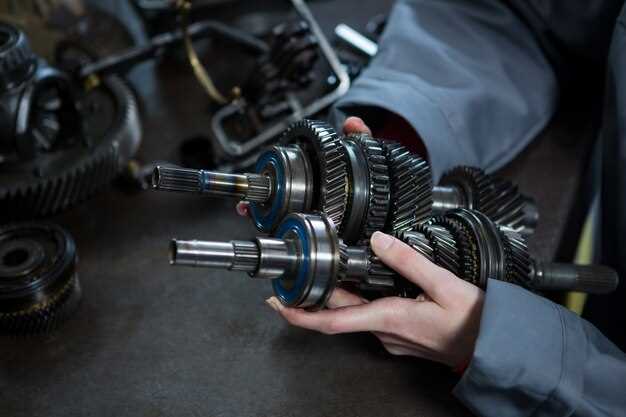
Driving a classic car equipped with a manual transmission is an experience like no other. The tactile connection between the driver and the machine is both exhilarating and rewarding. However, mastering this form of driving requires a specific set of skills and an understanding of how manual gearboxes function. The intricate balance of clutch control, gear shifting, and vehicle dynamics forms the cornerstone of this essential driving technique.
The allure of classic cars lies not only in their aesthetics and historical significance but also in the way they engage the driver. Unlike modern automatics, manual transmissions invite you to be an active participant in the driving process. To truly appreciate the craftsmanship and engineering of these vehicles, one must become proficient in handling their unique characteristics. This involves learning the nuances of throttle management, rev matching, and the importance of timing when shifting gears.
This article will guide you through the fundamental aspects of driving a manual transmission in classic cars. From mastering the clutch to understanding the mechanics behind gear selection, you will gain insights that empower you to enhance your driving proficiency. Whether you’re a beginner or looking to refine your skills, understanding the principles of manual transmission is crucial for anyone passionate about classic automobiles.
Understanding the Mechanics of Classic Manual Transmissions
Classic manual transmissions operate on fundamental mechanical principles that govern their functionality. At the heart of these systems is the gearbox, which consists of various gears that enable different driving speeds and torque outputs. The primary components include the input shaft, output shaft, and a series of gear pairs, each designed to transmit power efficiently from the engine to the wheels.
The input shaft connects directly to the engine’s crankshaft, receiving power when the engine runs. As the driver engages the clutch, it disconnects the engine from the transmission momentarily, allowing seamless gear shifting without damaging internal components. The clutch plate, located between the flywheel and the pressure plate, plays a crucial role in this process, enabling or disabling the transfer of power.
The typical layout of classic manual transmissions features synchronized gears. Synchronizers are mechanisms that help match the speeds of gears before engagement, ensuring smooth transitions and preventing grinding. Each gear ratio provides a specific relationship between engine speed and wheel speed, allowing the vehicle to operate effectively under various conditions, from acceleration to cruising.
The driver’s input is critical in manual transmissions, as shifting gears requires precise timing. Depending on the desired speed and engine performance, the driver utilizes the gear stick and the clutch pedal. The tactile feedback from these components is one of the joys of driving classic cars, providing a direct connection between the driver and the vehicle.
The reverse gear is a unique aspect of classic manual transmissions. Unlike forward gears, which are paired for efficient power transfer, reverse gears often use a different set of gear arrangements, allowing for backward movement while ensuring compatibility with the vehicle’s overall design.
Maintenance of classic manual transmissions is essential for longevity. Regular checks on the transmission fluid ensure lubrication and cooling, which prevents wear and overheating. Additionally, periodically adjusting the clutch mechanism can enhance performance and responsiveness, maintaining the driving experience that classic car enthusiasts cherish.
Understanding the mechanics behind classic manual transmissions enriches the ownership experience. Mastery of these systems not only improves driving skills but also deepens appreciation for the engineering that has shaped automotive history.
Techniques for Smooth Gear Shifting and Clutch Control

Mastering the art of gear shifting and clutch control is essential for an enjoyable driving experience in classic cars. Smooth transitions not only enhance performance but also prolong the lifespan of the transmission components. Here are key techniques to achieve seamless gear shifts.
First, always practice proper timing when engaging the clutch. Depress the clutch fully to the floor before shifting gears. This ensures that the gears can disengage without friction, allowing for smoother shifts. Releasing the clutch too quickly can cause grinding and discomfort, so aim for a gradual release.
Secondly, synchronize your engine speed with the transmission speed using the throttle. This technique, known as rev-matching, involves giving the engine a slight increase in RPM before completing the shift. By matching these speeds, you reduce strain on the drivetrain and ensure a more fluid transition between gears.
Third, use a light touch on the shifter. At times, drivers may be overly forceful while shifting; however, a gentle nudge in the intended direction is often sufficient. Excessive force can lead to misalignment and damage, whereas a smooth and controlled motion facilitates an easier engagement of the gears.
Fourth, practice heel-toe downshifting when approaching corners or deceleration. This technique combines braking and throttle control, allowing for a smooth downshift while maintaining engine RPM. Positioning your right foot enables you to brake with your heel while simultaneously blipping the throttle with your toe, thus harmonizing engine speed and gear selection.
Maintaining consistent clutch pedal height is crucial. Avoid resting your foot on the clutch pedal for an extended period, as even light pressure can lead to unwanted wear and false engagement. Instead, find a comfortable position where you can quickly engage the clutch when needed without unnecessary tension.
Lastly, don’t hesitate to practice in a controlled environment. Familiarizing yourself with the characteristics of your classic car, including its responsiveness and shift points, will build confidence. Spend time in an empty parking lot or a safe, quiet road to focus solely on honing your techniques for an optimal driving experience.
Troubleshooting Common Issues with Classic Manual Transmissions

Classic manual transmissions can present a variety of challenges, especially for those unaccustomed to their mechanics. Understanding common issues allows for timely solutions, ensuring smooth operation of these vintage vehicles.
One frequent problem is difficulty engaging gears. This can be attributed to several factors, such as low transmission fluid levels, which can cause inadequate hydraulic pressure. Regularly checking and maintaining fluid levels is essential. Also, a worn clutch or outdated shift linkage can hinder gear engagement, necessitating inspection and possible replacement of these components.
Another common issue is grinding when shifting. Grinding often indicates that the clutch isn’t fully disengaging. This may be due to improper clutch adjustment or a failing master or slave cylinder in the hydraulic system. Ensuring that these components are in good condition and correctly adjusted is crucial to eliminate grinding noises.
Shifting difficulties can also arise from a misaligned or damaged shifter mechanism. Over time, the linkage can wear or become misaligned, leading to frustration during gear changes. Periodic checks and adjustments can restore proper function. Lubricating these components regularly will also help maintain smooth operation.
A burning smell might indicate slipping of the clutch. This occurs when the clutch disc engages improperly, leading to excessive friction and heat. Inspecting the clutch for wear and replacing it if necessary can prevent further damage and restore proper function.
Finally, strange noises while driving, such as whining or clunking, should not be ignored. These sounds might indicate internal wear, such as worn bearings or gears. If noises persist, a thorough inspection by a qualified mechanic is imperative to avoid catastrophic transmission failure.
By proactively addressing these common issues, classic car enthusiasts can enhance the longevity and enjoyment of their manual transmission vehicles, ensuring they continue to run smoothly for years to come.
